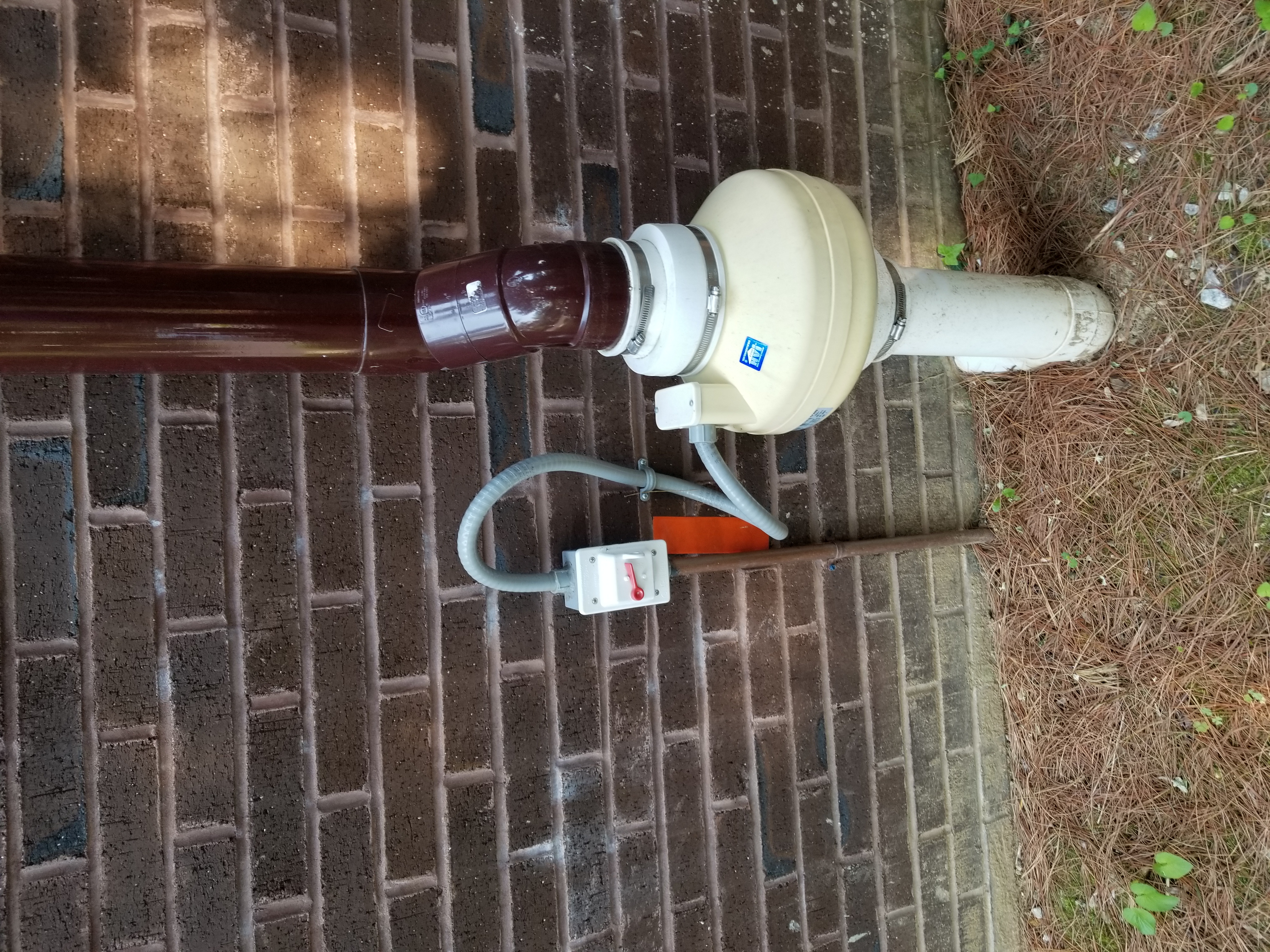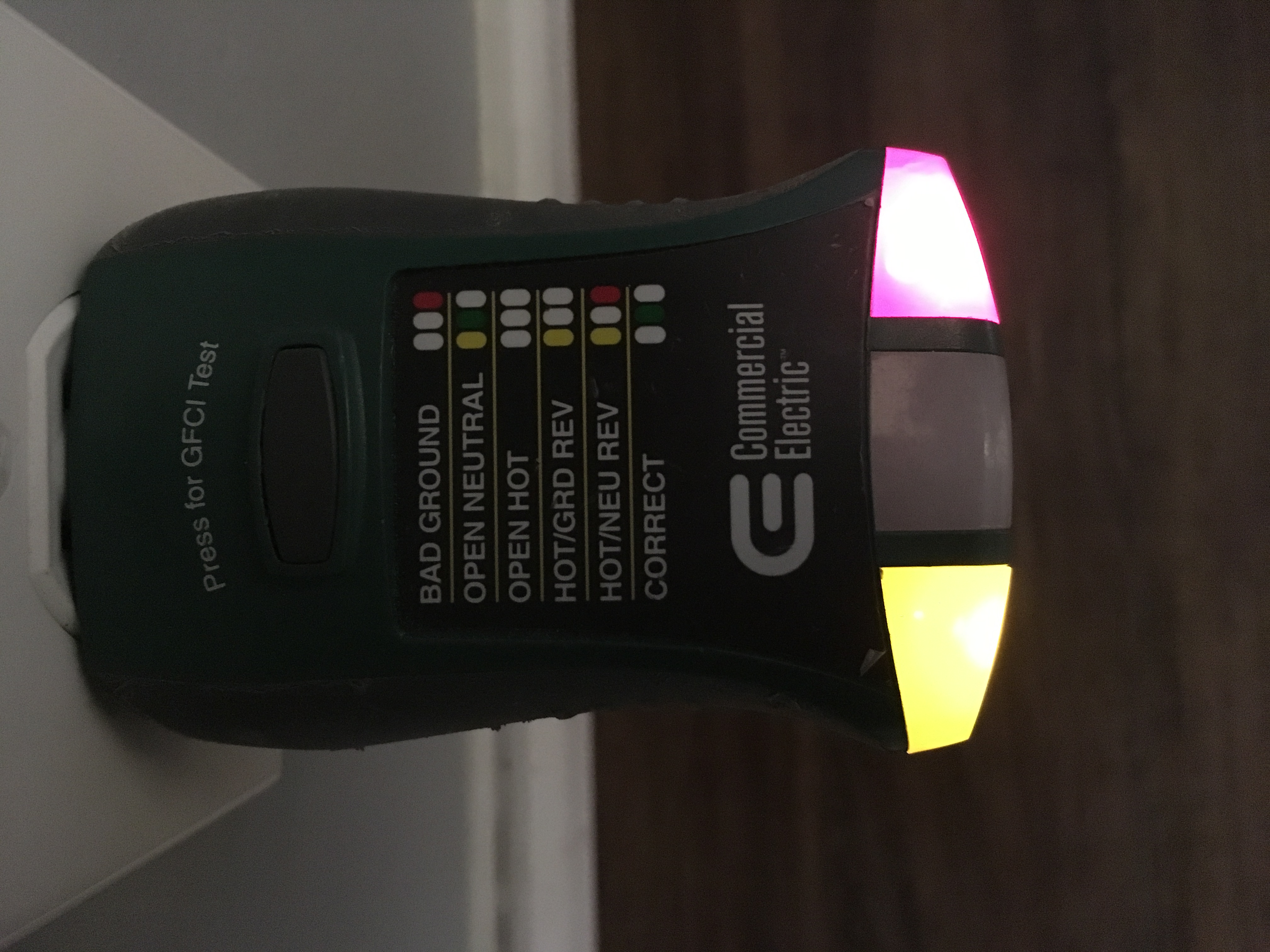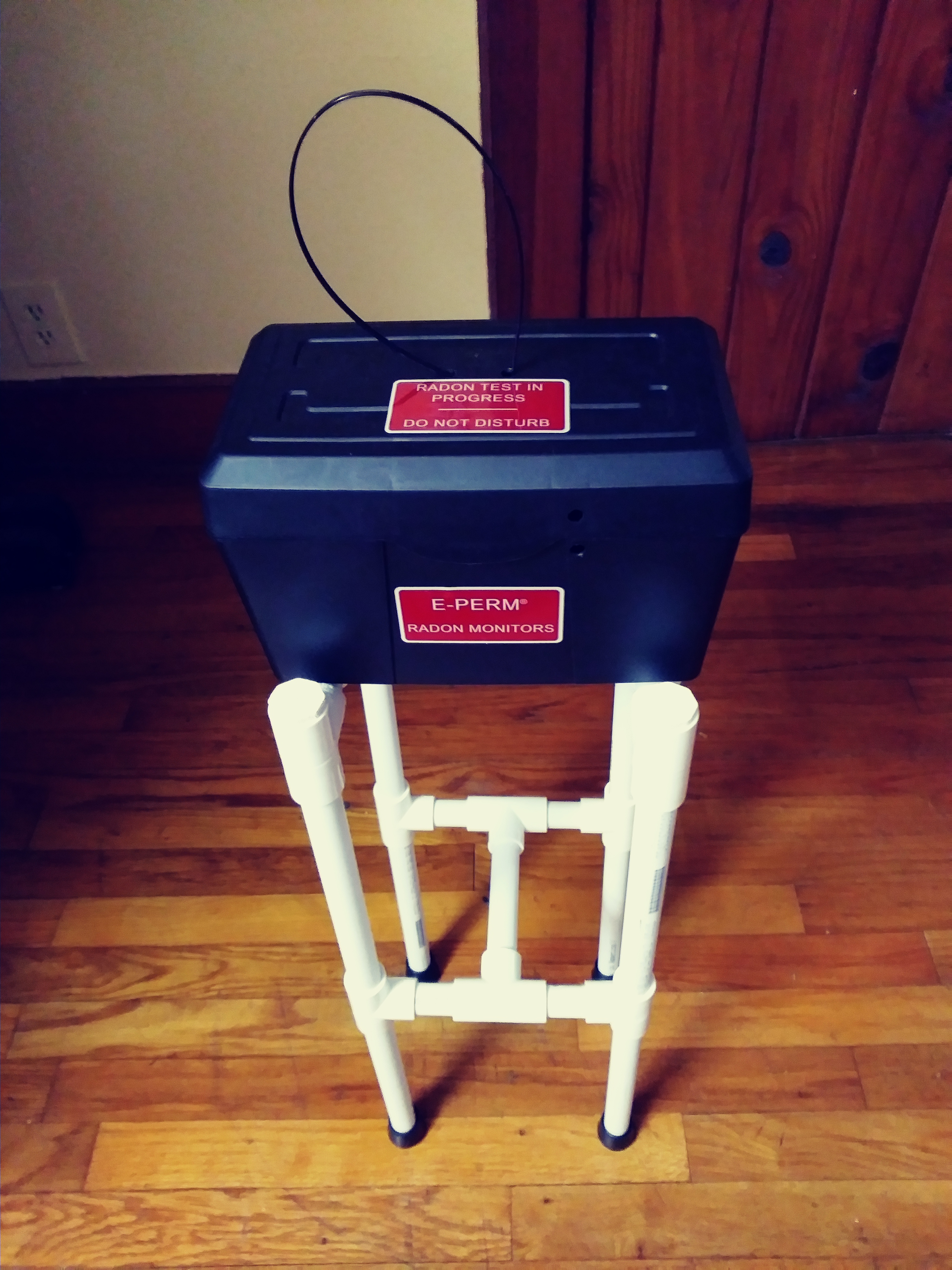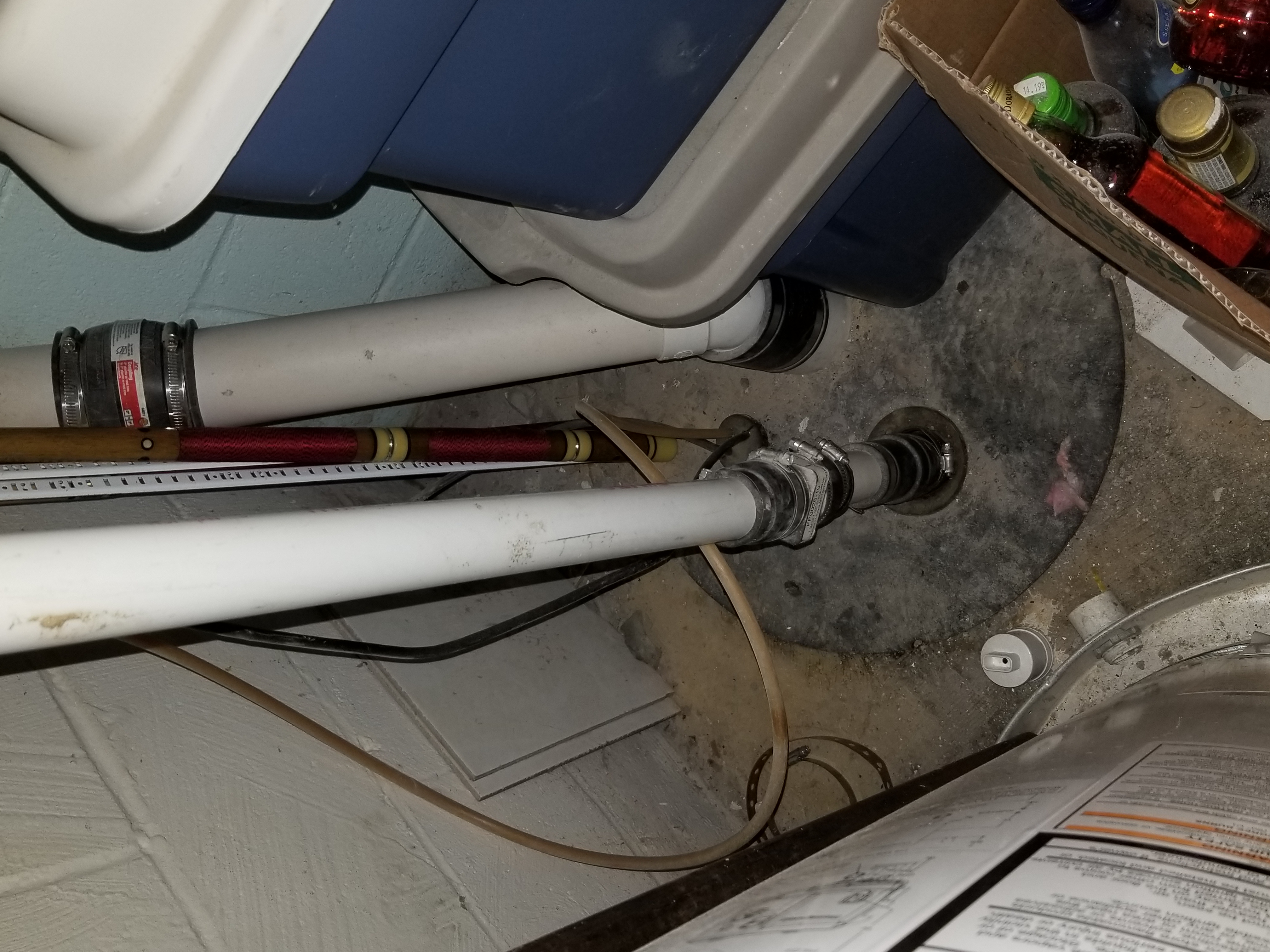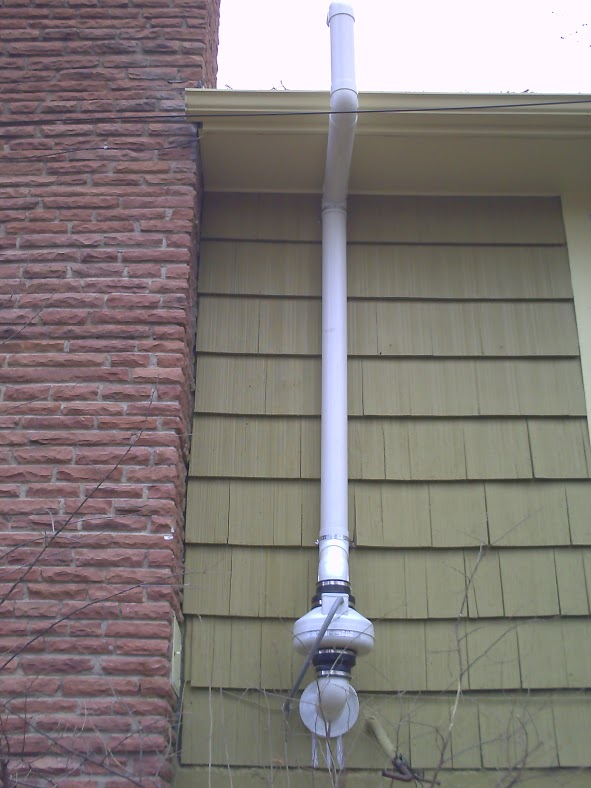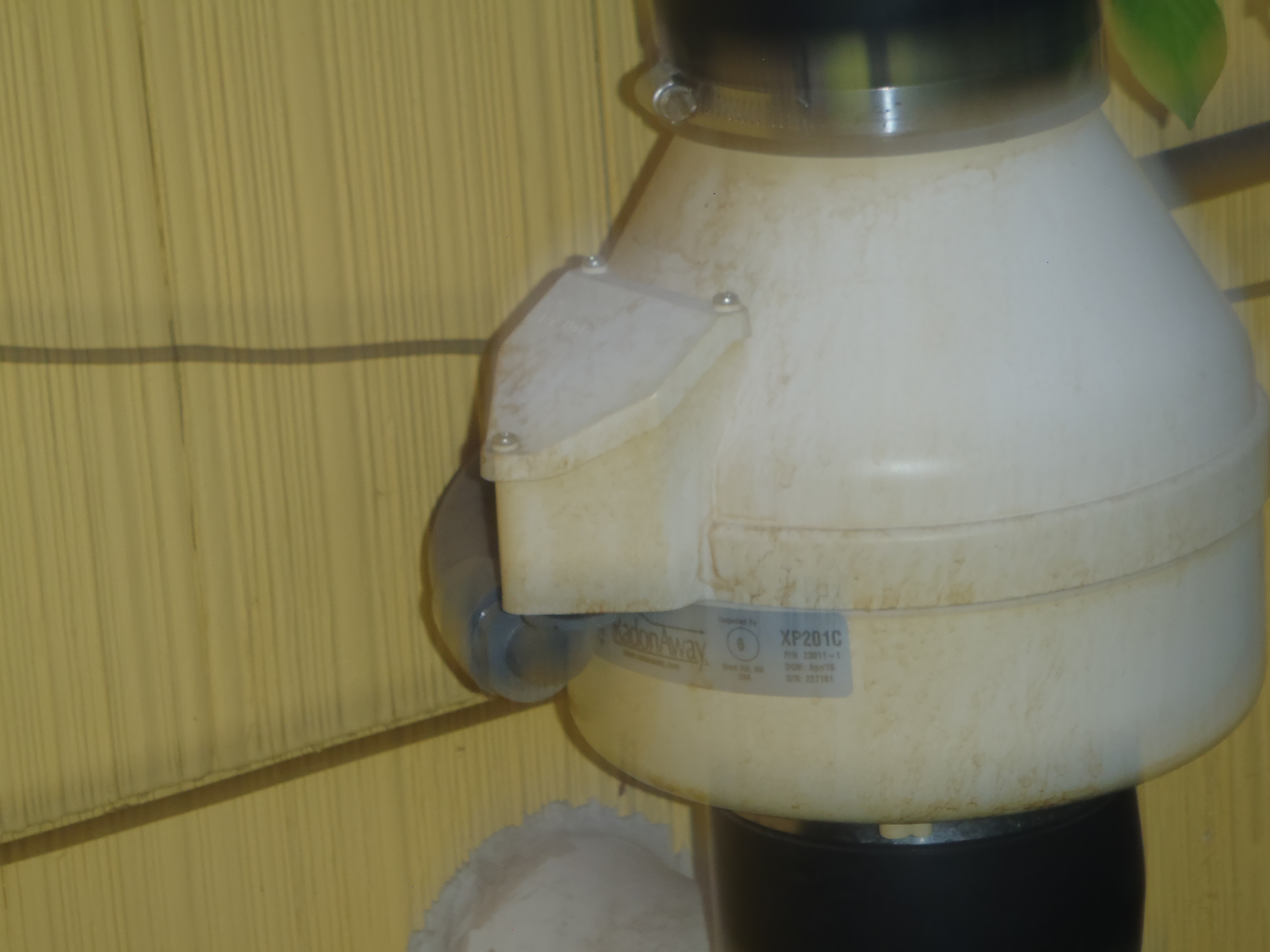Hello, is there not just a Standard Course for radon testing for Home Inspections, as I’m not going to be doing any radon mitigation installments. It seems like a pretty long course just to get a radon level from a machine for customers. Thank you Ron…
Radon is a gas that is naturally produced by the earth. It is formed by the breakdown of uranium in the soil, rocks, and in the water. Radon is a gas that has no odor, or any taste, and cannot be seen. When the Radon gas gets into our homes it can be a health hazard.
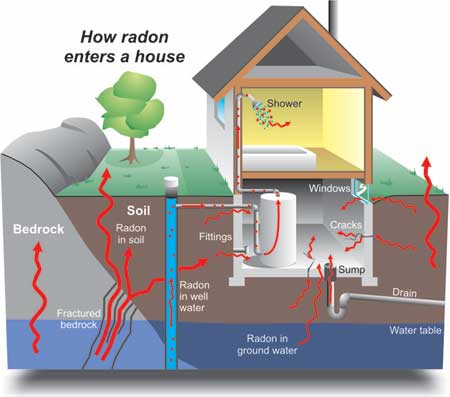
Radon in the water is a real risk in our homes but not as high of a risk as Radon in the air. This is because the only way the gas is agitated in the water is by the water being heated. This can happen in the shower if the water is very hot or when water is boiling on the stove.
Inspecting a radon mitigation system is just one more reason to walk every roof possible during a home inspection. In this picture you can easily see that the rain cap is missing (or the inspector removed it which he shouldn’t have) and can easily inspect the flashing around the pipe. The flashing is important for two reasons here, to prevents leaks just like any other room penetration but also to prevent radon from being sucked back into the home around the pipe. This picture also shows the fan which indicates it is an active mitigation.
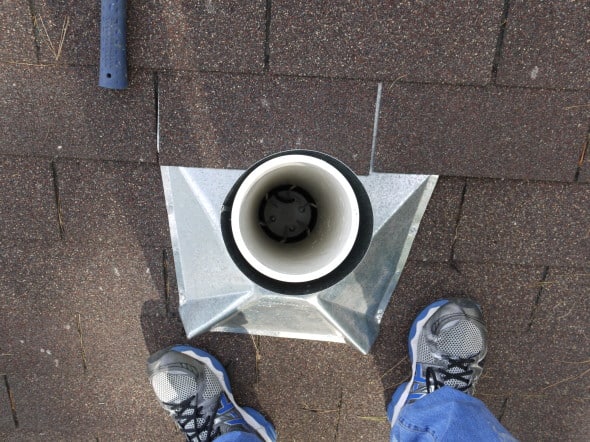
Radon is an odorless, tasteless, invisible radioactive gas that is present in home all across the United States. According to the EPA, his radioactive gas causes over 21,000 lung cancer deaths each year. It is the second leading cause of lung cancer just behind smoking. Radon can cause lung cancer in people who have never smoked and more than doubles that risk in smokers.
This is a radon mitigation system for a three story apartment building. The building was built upon a slab on grade. The system is designed to depressurize the ground beneath the building. If the pressure is kept lower than the living area it will keep levels below the action level 4pic/l the picture shows the inline fan and the discharge pipe that terminates above the roof eaves.
The attached photo was captured for a 48 hour radon test of a residential structure in north central Ohio. Subject property is situated in a level 2 radon zone and is approximately 30 miles from the level 3 Reading vain. The analyzer used is a Sun Nuclear model 1028 and was set for a 12 hour delay due to the previous open house conditions. The unit was run for a 48 hour period in a finished basement. The results of the test were 1.8 pC/l and the test was marked as acceptable. No further action to be taken at this time. Client was informed testing is recommended every two years or if there is a change to the structure.
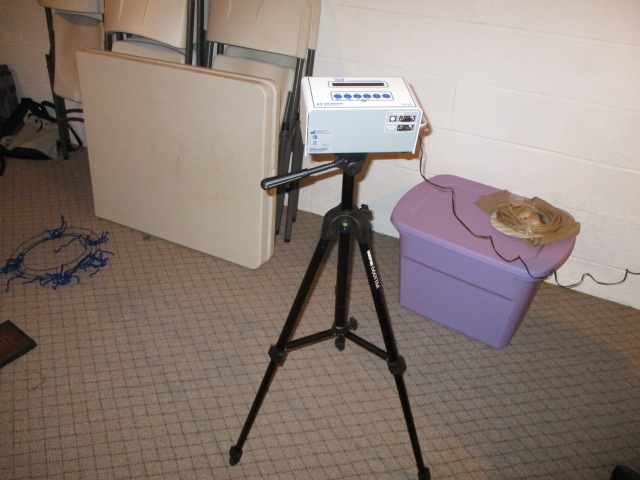
Acid Rain and Inspectors: Buildings at Risk
After reading this article I found it to have some valuable information. However, before becoming an inspector, I spent 25 years in Air Quality in both Ambient and Source monitoring concentrating mainly on greenhouse gases. When the article said, According to the EPA. That means anyone at the EPA could have said that and by that has made it gospel. Facts are that NOx, SOX, CO2s along with O3 and H3 are natural accruing pollutants. Any eruption of a volcano contributes more greenhouse gases than man has ever produced in a lifetime including H2S. We can agree automobiles and Coil fired Boilers do contribute but only to a small degree. Acid rain does contribute to the deterioration of exposed building material, so does other natural accruing elements and chemicals such as H2O, Oxygen and Ozone.
I chose the article on back-drafting. Back-drafting is when a fuel fired appliance like a gas water heater or furnace is burning its fuel and it exhaust its toxic by-product up the flue to the outdoors. back-drafting is when a sudden drop in the house air pressure will pull the toxins back into the living space. This can occurs especially, with a “atmospheric draft” because it is depended solo on the convection to work. The hot exhaust rises up the flue because the cooler air is denser. However, If the occupants turn on bathroom exhaust fans, Kitchen exhaust fans, fire place and clothes dry, can drop the pressure in the home thus creating a vacuum to draw toxins back into the home.
Home inspectors, need to test for back-drafting in one of the following ways: first, have homeowner turn on the exhaust fans and maybe the clothes dryer. Then the flue fired appliance. at the draft divert er use a smoke pencil or a chemical puffer to see which way it flows. You can also use a lighter. check for soot marking. use a carbon monoxide analyzer if you have been trained.
Check the location of the appliance be sure its not in bedroom or bathrooms without being enclosed and sealed with a working carbon monoxide detector in the room.
This electric receptacle was noted to have reverse-polarity wiring, where the hot and neutral wires are reversed. When the polarity is reversed in a receptacle, the appliance circuitry is always electrically charged, even when turned off. This is a potential shock hazard and can be repaired by an electrician.
Radon is a cancer-causing, radioactive gas. Studies have shown radon to be the second highest cause of lung cancer. Testing for radon and its progeny is fairly simple and can be done in as little as three to five days. If radon is present at levels at or above 4.0 pCi/L, or action levels, it can be easily and cost-effectively mitigated by a professional.
This is a Rad Elec E-Perm monitor. It’s sitting on a stand in a regularly used living space more than 20 inches from the floor, the fan in the room is not running and it is at least 3 feet away from any windows or doors.
I thought the article titled “Creating Customer Profiles for Your Marketing” was a great idea. Learning techniques for hyper-targeting to make sure we get the right message in front of the right customers at the exact right time is crucial to building a successful business in any industry.
The standard sump pump pit has been converted to a passive radon collection point.The lid is sealed to the floor and all penetrations are closed.Recent radon testing resulted in an average of 3.4 pCi/L . It is recommended to retest every two years. If reading go above 4.0 pCi/L hire a radon contractor to install a blower.
Radon gas consumer targeted This approach is targeted toward the consumer to perform a self inspection check list of what to look for and what to do if there is a system or lack of a system for handling radon.
This is a current Radon Mitigation system. This system is pulling radon gases out of a basement that was measured higher than the recommended level for normal households. Proper installation will help lower radon gas levels to recommend epa standards.
GFCI are required in all areas that come in contact with water or moisture. Example. Kitchens, Garages, bathrooms and all outdoor outlets. GFCI outlets can work with regular outlets as long as they are installed down stream on the load side of the GFCI powering them.
Anyone interested in purchasing a home should consider having a radon air test preformed. Radon is a radioactive gas that is the second leading cause of lung cancer in the US that kills an estimated 21,000 people each year. Fortunately if high levels are found there is an easy remedy to bring radon levels down to an acceptable level.
This is an image of a basement of a home with high radon levels. The remedy for this situation would be to have a radon mitigation specialist install an active radon mitigation system to decrease the levels to a goal below 4pCi/L

